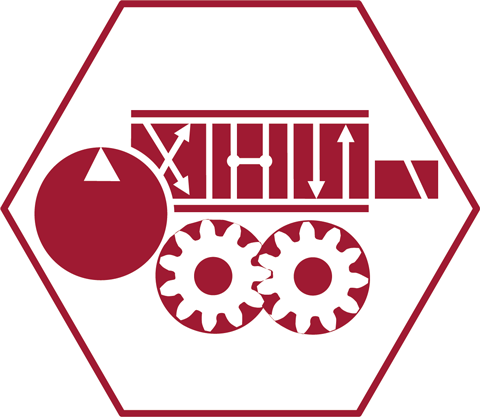Hydraulic Components
Today, manufacturers of fluid-mechatronic components and systems are confronted with increasing requirements regarding reliability, energy efficiency and power density, while at the same time development times are becoming shorter and shorter. The research area „Hydraulic Components“ focuses on the investigation, development and validation of methods for computer-aided product development. For this purpose, advanced simulation methods are used for detailed analysis. In order to better understand the physical cause-and-effect relationships in hydraulic components and to validate the models, numerous cross-domain investigations have already been carried out in this context - among others in the main areas of flow and structural phenomena, acoustics, energy efficiency, thermodynamics, fluid film height and temperature as well as contact mechanics and wear mechanisms.
Selected projects
Objects of investigation
- hydrostatic displacement machines, hydrodynamic and hydrostatic bearings, valves and valve spools, seals
- components for special applications in automotive and aerospace applications as well as machine tools
Main research areas / questions
- improvement of energy efficiency, functionality, operating range, robustness and lifetime
- reduction of noise emissions, pulsations, structural vibrations and cavitation
- reliable prediction of the steady-state and dynamic operational performance
- heat transfer, thermo-energetic. behavior
- adaptation of experimental or simulation methods for special applications (e. g. compact valves, rotating components in hydrostatic displacement machines)
- development and validation of simulation models and methods
Methods
experimental methods
- flow visualization (PIV, LIF, shadowgraphy),
- sound measurements in body, liquid and air,
- measurements of gap height, pressure, flow rate,
- temperature in lubrication gaps,
- operational vibration analysis and much more
simulative and analytical methods
- steady-state and transient numerical flow simulations (CFD), also considering conjugate heat transfer (CHT) and interactions between deforming bodies (FSI)
- cross-domain modeling with network-based models (system simulation)
Analysis of Valves
- Motion coupled analysis of the valve spool movement, please continue reding ...
-
Stability of pressure relief valves, please read, please continue reading ...
-
Tolerance analysis in valve design, please continue reading ...
Investigation of Axial Piston Pumps
-
Causal Condition Monitoring of Axial Piston Pumps through Wear Detection in Correlation with Operating and Load Conditions, please continue reading ...
- Tribology optimization of pump systems through manufacturing-oriented application of mesostructures, please continue reading ...
-
Suction performance of axial piston pumps, please continue reading ...
-
Computational fluid dynamics of axial piston pumps´flow characteristics and improvement of their speed limit, please continue reading ...
-
Modelling an axial piston pump´s suction line using fluid structure interaction (FSI), please continue reading ...
-
Simulation aided thermal analysis of gap flows in an axial piston pump to improve its lubrication and leakage behavior, please continue reading ...
-
Flow effects in axial piston pumps, please continue reading ...
-
Lifetime extension of axial piston pumps, please continue reading ...
Plain Bearings and Gear Units
-
Pulsation and noise reduction on external gear pumps, please continue reading ...
-
Measurement and simulation of static and dynamic bearing behaviour of internal gear motors and pumps, please continue reading ...
-
Hydrostatic bearings for offshore-application, please continue reading ...

